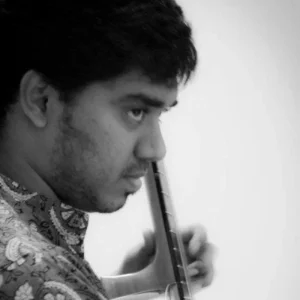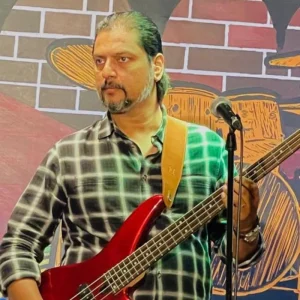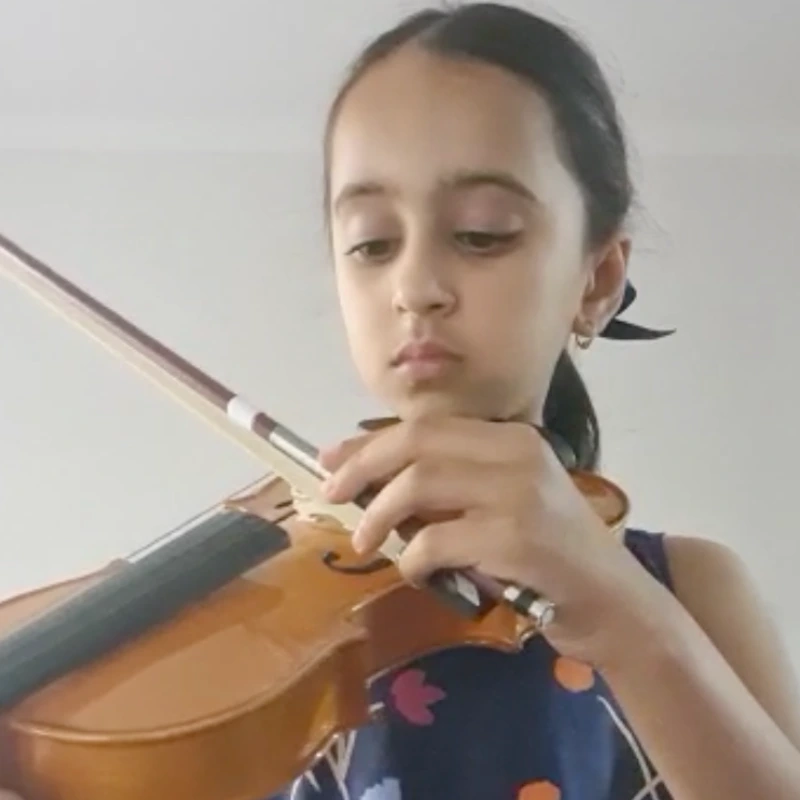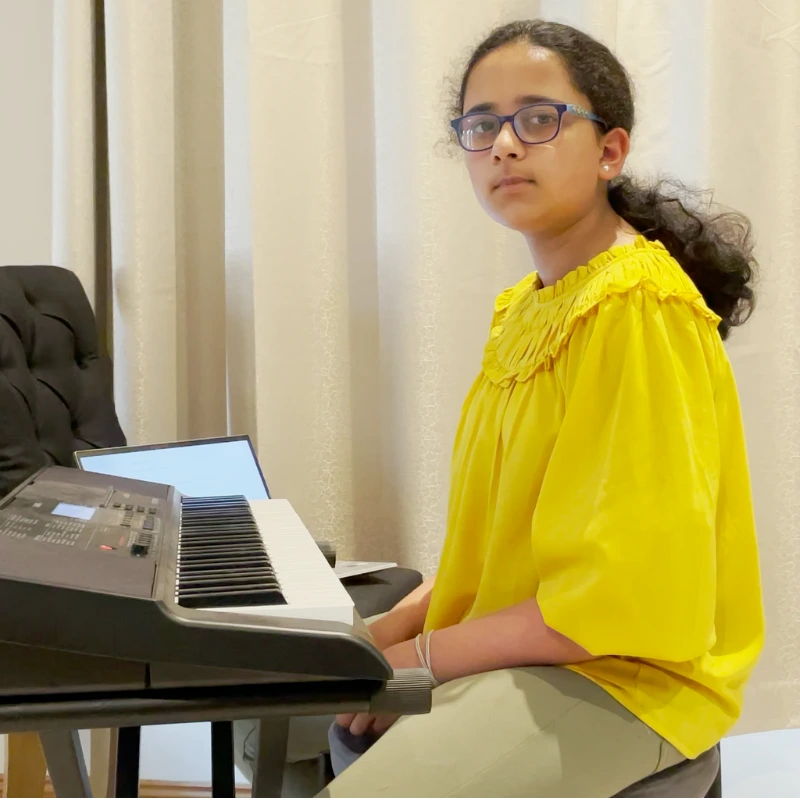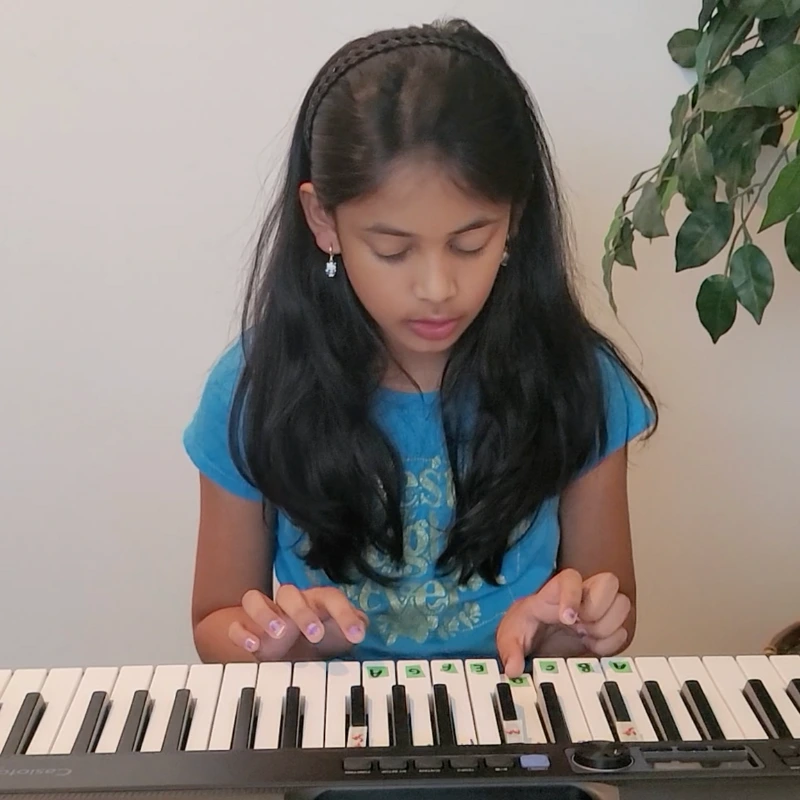When we think of using our voices, we usually think of speaking or singing but our voices and vocal cords are very versatile in nature they can also produce beats and rhythm. In this blog, we will learn how to create sounds from various instruments through our bodies, especially our mouths. This form of music is known as beatboxing.
What is beatboxing or Beatboxing Meaning
First and foremost, Beatboxing is a form of musical expression. As previously mentioned, our human body is a versatile instrument and beatboxing relies on it. It uses the mouth area and organs such as the throat, lips, jaw, larynx, and vocal folds to produce or imitate rhythms and beats. It is the art of creating or mimicking the sound of instruments and percussions through one’s mouth.
History and Origin
So now that we have learned the meaning of beatboxing. Let us jump into the origins of the art form and dabble a little of its history. One might think that the concept of using the human body, especially our mouth is a recent addition to the world of music. If you are amongst one of them then you are wrong. Origin or precisely the predecessor of beatboxing goes back many centuries. Its traces can be found in North Indian Music. The “Tabla Bols” are used by Hindustan singers for keeping, and identifying different rhythmic patterns when singing. Such musical patterns can be found in different African cultures. For instance, in African spiritual music or the vibrato in Zulu isicathamiya vocal style. You can also associate the hums in jazz to be one of the predecessors of beatboxing.
Emergence of Beatboxing
The modern form of old-school beatboxing can be traced back to the late 70s and the early 80s in New York City. The 70s and 80s were the time of the birth and the rise of hip hop. There are different aspects of hip-hop culture such as Djing, MCing, rapping, and graffiti. Beatboxing was also one such defining part that emerged on the streets of Harlem. Though other aspects of the hip-hop culture quickly caught mainstream media attention. Beatboxing was slow to the race. Though in recent years it has garnered much attention as a separate art form. Check out the article “how to rap” to know more about hip-hop as a culture and music.
From Machines to Humans
The word beatbox was originally used for the non-programmable drum machines also known as rhythm machines. The most widely known non-programmable drum machines are the Roland TR rhythm series. Given the history of hip-hop. Many artists could not afford the drum machines. Thus, the need of creating beats and rhythms led to the artists using their bodies as in their voices to create rhythm and beat. Which lead to the coining of the term “Human beatbox.” The literal translation means human drum machines. The beatboxers accompanied various singers and rappers by providing beats and rhythms to them. With its growing popularity among hip-hop and acapella, beatboxers are focusing on speed, technicalities, and different innovations, and this particular style has emerged as “New School” beatboxing.
Beatbox Anatomy
Before we dive into learning how to beatbox, let’s look into a bit of the anatomy.
For any vocal or speech-related actions, we primarily use the nose, lips, tongue, jaw, vocal folds, and velum. The Velum also known as the soft palate, is the soft tissue which is located at the back of the roof of the mouth it has many uses such as stabilizing the voice and also acting as an amplifier. In the following image all the parts labeled that were discussed above.
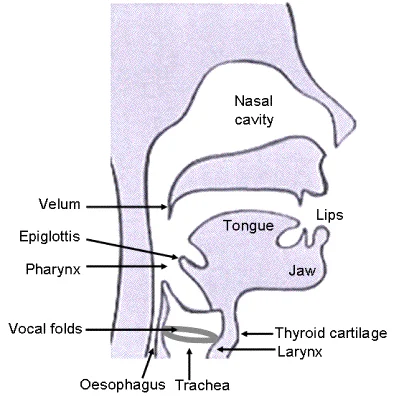
Importance Of Breathing
One of the most crucial elements of beatboxing is breath control. Breath control helps in maintaining the flow of air, inwards and outwards while beatboxing. There are many breathing techniques used in beatboxing. For instance, beatboxers combine different inward and outward sounds for keeping the flow of air for breathing while beatboxing.
If you want to know more about breathe control and breathing techniques check out the article “How to sing”
Emulating Different Sounds
There are various sounds that are produced and imitated by the beatboxers. The sounds can be categorized based on the instrument it emulates such as the drums. Check out the article “Drum Set Parts (Anatomy of Drums)” to know about the different percussions that make up a drumkit. Now let’s look into a few of the sounds and the way they can be produced when beatboxing.
Kick Drum
The kick drum is the biggest drum that is present in the drumkit. It produces a deep and heavy sound. It is one of the fundamental sounds when it comes to beatboxing. Start by saying the word “B” repeatedly. When saying the letter try to keep your lips tight and try to push air out through the diaphragm. When releasing the air out focus on releasing it from the center of the mouth and the vocalization from the letter “B.”
The Snares
Let’s look into a few of the many snares that are emulated by the beatboxers.
Inward K Snare
The inward K or K snare is the emulation of the rimshot. To produce the K snare, you need to begin by putting your tongue against the top of your mouth. Breathe in the air with the help of your lungs. Shift your tongue to the side of the mouth to produce the K sound. Follow it up with inhaling air to create a “shh” sound for the snare effect.
PF Snare
PF snare is a combination of percussive p and percussive f. To be able to learn how to produce percussive p remove the vocalization when saying the word “P”. It is quite similar to the “Kick Drum” just replace the “B” with “P.” Percussive F is also known as “F Hi-Hat.” “F Hi-Hat” is one of the fundamental sounds for beatboxing. To produce the F Hi-Hat, Put your top front teeth on the inside of the upper portion of the bottom lip. Now try to push out air from the place between your teeth and the bottom lip. Do not forget to break the flow of air when releasing the air.
Psh Snare
Just like the PF snare. First and foremost, learn how to produce percussive P by removing vocalisation when saying the letter “P.” Now think of asking someone to be quiet by shushing them. By that, we mean to produce the “Shh” sound. Now combine both sounds and produce the psh snare.
Spit Snare
Spit Snare is also known as the BGM or dome snare. It is one of the sounds that bring variety and versatility to one’s beatboxing. The spit snare imitates the sound of clapping. To produce the spit snare. Begin by slightly overlapping your upper with your lower lip. Now try creating pressure above your upper lip or bottom lip. Release the air from the middle of your lips when doing so break the airflow and apply pressure and try exhaling sharply.
Tch
To make the “Tch” sound try saying the word “tish” repeatedly. Now take out the “I” from “Tish.” Flatten your tongue and put it against the roof of your mouth and put pressure on your tongue.
BASS
Bass sounds in beatboxing heavily rely on the throat and if not done correctly it can damage one’s vocal cords. To avoid any injury to one’s throat. Do practice the necessary precaution. Do not push your throat. If your throat starts to hurts immediately stop and give your throat a rest. A few other ways in which you take care of your throat is to drink plenty of water, especially when producing base sounds. Dry mouth and throat are more to injuries. Add herbal and honey into your diet to help in soothing the throat and helps it to recover if strained.
Throat Bass
As the name suggests this particular sound depends entirely on one’s throat and how one functions it. At first, we need to identify which part of your throat will be vibrating. You can do that by coughing. Release a deep cough. When you cough with force you will feel your vocal cords vibrate. Another way to understating the vibrations is by sighing. Let out a deep sigh and try to identify the part where you feel the vibrating sensation. Try holding out the vibration as long as possible. Now try eliminating the cough & sigh and retain the vibration. By removing the cough and sigh you are also removing the heavy breathing and thus are only left with the vibrations and produce the desired sound.
Vibration Bass
Vibration bass is somewhat similar to throat bass with some differences. Start with loosening your vocal cords. Then try to focus on the vibrations from the lowest point in your throat and try opening up your throat as much as possible. In throat bass, the vocal cords are tighter and stiffer try to loosen up the vocal cords for the vibration bass. The loosening up of the vocal cords will help in producing longer vibrations. To open your throat try bumping your tongue to the back of your tongue for a lower tone the more you bend your tongue the lower the tone gets.
Lip Oscillation
For learning, lip oscillation begins with bringing your lips together and trying to release from in between your lips. For better understanding imitate a motorbike. Clench your teeth together for a more concentrated flow of air. Now try to get a non-vocalized lip oscillation. Once you get better at it try humming/singing a note and follow it with lip oscillation. Lastly, combine the note and lip oscillation together for the desired sound.
Basic Lip Roll
Start with choosing a side of your mouth or your jaw for the lip roll whatever is comfortable for you. Now drop your jaw slightly opposite to the side with which you will conduct your lip roll. Dropping your jaw will help in achieving more resonance and a deep tone. Lastly, drag the bottom lip to the corner of your mouth when doing so put it slightly inwards. It will result in creating a sound that resembles the sound of a zipper. Tightening your lips will give you the zipper sound and if you keep your lips loose then the sound will be liberal. For this technique, the breathing does not require breathing from the lungs or diaphragmatic breathing instead the air will be released from the curling of the mouth. Finally, combine all the 3 types.
Biggies Of Beatbox
Let’s talk about the pioneers of beatboxing. Starting with the 1980s; the decade gave us some of the best beatboxers. In the year 1983 a trio from Brooklyn a trio named “The Disco Three” gave the world Darren “Buffy” Robinson. He was also known as Darren “Buffy the Human Beatbox” Robinson. Buffy’s specialty lay in the iconic bass–heavy breathing technique. Again in 1983, we saw another artist named “Doug E Fresh” popping up into the beatboxing scene, he came to be known as one of the greatest beatboxers of all time. Doug E Fresh is famous for his distinct style such as the famous click rolls. By 1985 various artists started taking the art of beatboxing further. One such artist was the rapper “Biz Markie.” He began performing as a human beatboxer and developed various techniques such as the harmonic tap, MCing between the beats, or beatboxing while singing. In today’s age, we have the “New school” of beatboxing with beatboxers such as Alem and Michael Winslow the Vocal Effect Master bringing newness and freshness to the musical art form.
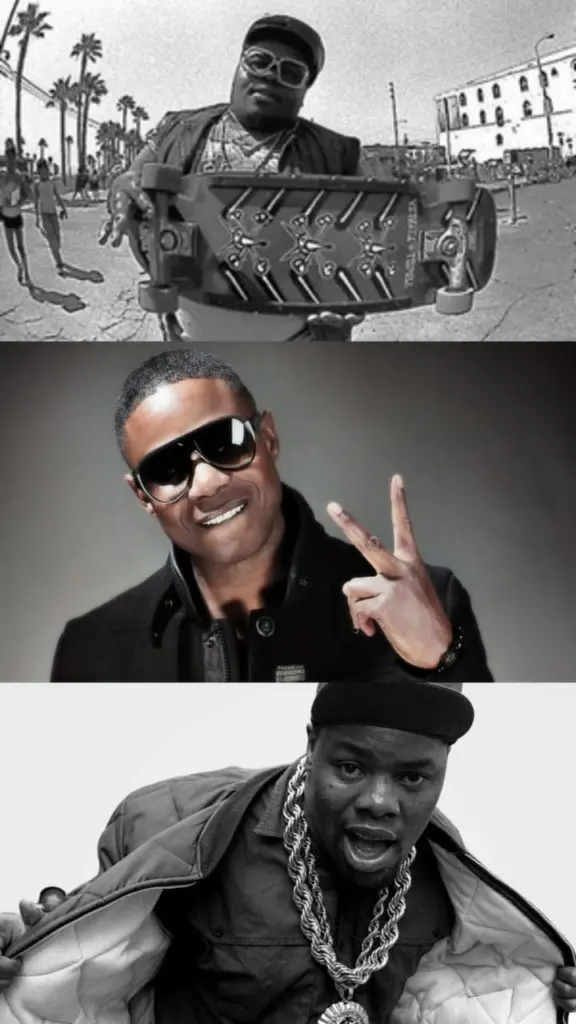
Conclusion
Beatboxing is one of the musical art styles which often gets hidden in the shadows. Though achieving the beats and rhythms with your own voice is one of the most innovative and creative forms of music. There are many technicalities hidden when learning this musical art form. Thus, patience is required. Lastly, it’s fun to dance and sing on beats and rhythm. But creating and producing beats and rhythm by yourself has a different charm to it. Happy beatboxing.









